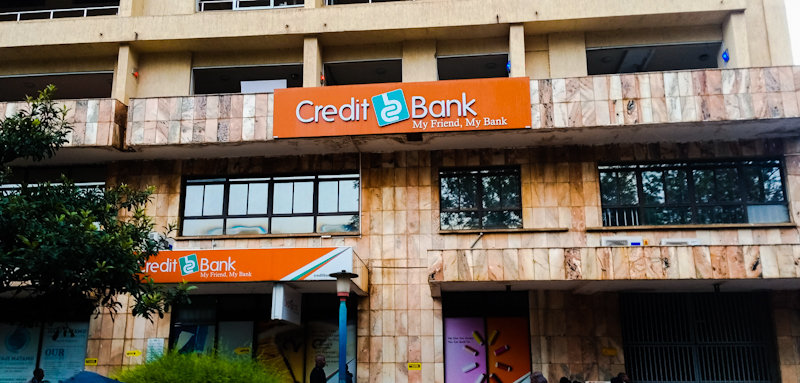According to a Financial Sector Deepening Kenya report, a Kenyan borrower would save up to KSh 11,150 per year in bank fees if they could effectively compare all prices across the banks.
The average rate for bank costs ranges from KSh 845 to KSh 17,750 annually. Average withdrawal fees stand at KSh 3,944, transfer fees at KSh 4,485 and Average maintenance fee at KSh 1,007, according to FSD Kenya’s study on the cost of Banking in Kenya authored by Francis Gwer, Paul Gobbins, Edoardo Totolo, and Jack Odero.
The authors observed that digital transactions were cheaper – a customer saves an average of Ksh 9,350 annually using a digital channel other than the branch over-the-counter transactions.
The study was conducted to measure the costs involved in banking. Still, it also looks to give insight and advice on the formal financial inclusion options for low and middle-income earners looking to reduce the costs incurred in their annual banking costs.
The study was conducted on 11 banks, which hold 97% of the total deposit accounts in the country.
The costs involved in banking include:
Account maintenance costs
The ledger fees, balance enquires Withdrawal costs – using ATMs, Digital banking – mobile banking and online banking, Over the counter transaction costs
Deposit costs
The study created two customer profiles – a small business owner having a gross monthly income of Ksh 30,000 and a salaried customer with a monthly income of Ksh 20,000.
With a set of 6 customers for each, they opened accounts with each of the 11 banks. The aim was to capture the ordinary Kenyan account preference, with the study conducted between June 2018 and October 2018.
Most of the bank staff know the tariffs involving internal costs, but some do not know the costs involved with third-party service providers, e.g. transfer using Pesa Link of Kes 10,000.
This shows that banks are making an effort to treat their customers better; however, there still remain gaps in price transparency and the suitability of advice offered.
The channels used by customers to make transactions include branch over-the-counter transactions, Agents, Mobile Banking, ATMs and Online Banking.
Of interest is the comparison between costs and insight into the differences in the various channel transactions and across the banks.
Although many banks encourage digital transactions by having over-the-counter transactions at higher prices, the Central Bank of Kenya (CBK) 2019 published the Banking Sector Charter (BSC) that represents a commitment from institutions in the banking sector to have an entrenched responsible and disciplined sector.
Over the years, the costs of opening a bank account have been reduced, and the ease of opening one more emphasized.
This is a great sign toward financial inclusion. However, the activity of the accounts open also needs to be monitored to determine if the accounts opened remain operational.
Dormant accounts across the banking network result from access to formal banking but little income to maintain the costs. This would be of interest as we move towards better inclusion and ways to measure inclusion.
The Basics Before Approaching Financial Institutions for a Loan




